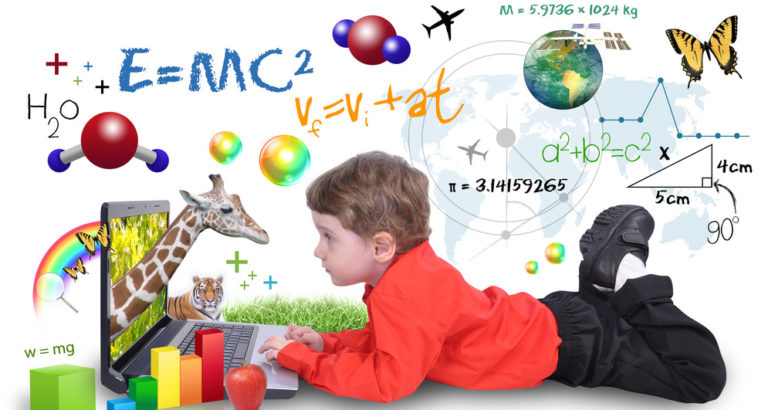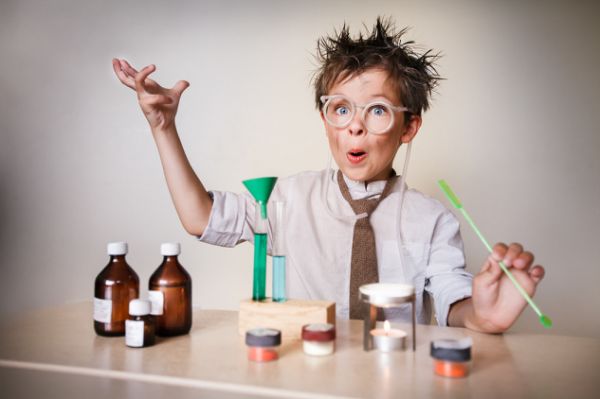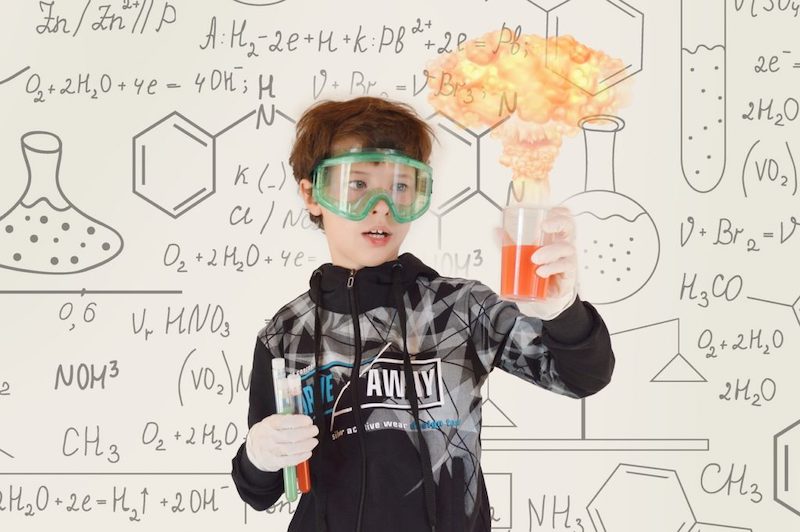Creative arts covers a variety of artistic activities that encourage children to use their imaginations, spark creativity and express ideas through different mediums. The creative arts cover a multitude of subjects such as visual arts, theatre, dance and drama, design & music, creative writing, cinematography and photography. Arts subjects can build confidence as well as a sense of individual identity and help to promote and develop critical thinking and the ability to interpret the world around us.
The creative arts are often thought of as unimportant, and are frequently the first programs to be cut when funds are low. However, the creative arts not only cultivate children’s imaginations, so that they become more flexible and inventive thinkers, but also help to develop their physical, emotional, and mental capabilities. As such, it is imperative that we work to integrate greater chances for young children to engage in the creative arts, for such measures will provide the foundation for later success.
All too often people outgrow their imagination as adulthood approaches due to an encroaching sense of self-doubt, an ingrained belief that it’s an impractical pursuit, or firm guidance from more experienced grown-ups advising engineering over art school.
Visual Arts
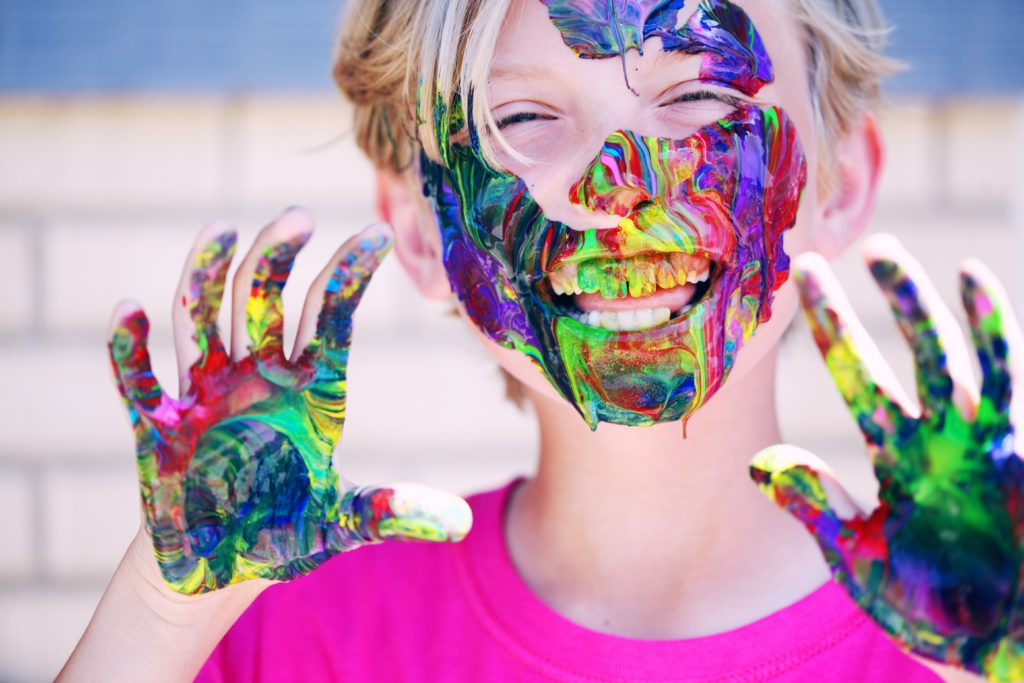
Every child starts their foundation of learning with arts from simple finger painting to those early colouring books. Art is a way that allows young children to use all of their senses as a way of creating something by expressing their thoughts and feelings. The value of art therapy in young children is an evolving process with favourable results and more therapists are turning to visual arts as a way for children to deal with feelings they cannot verbally express.
For older children the benefits of studying art allows them to tap into their creativity through drawing, painting and designing and can relieve stress and focus an overactive mind. This form of creative expression gives older children self-confidence, discipline, a strong sense of identity. Artists can evoke empathy and awareness through their various mediums, appealing to people’s shared emotions and creative expression is a critical part of the human experience.
There are countless studies that indicate that studying art can make a significant impact on the academic, social and emotional outcomes of surveyed students.
There are many people who studied art and applied their skills in roles as graphic designers, media, and other fields. A degree in art has professional value in its own right, and people that studied creative skills are in demand in countless industries.
Creativity & Learning
Many years of research have been conducted into the link between creativity and the motivation to learn. When students are focused on a creative goal they become more absorbed into their learning and driven to acquire the skills they need to accomplish the task. The research concluded that when students are able to tie their learning to their personal interests, they have a sense of autonomy and control over their task and creative projects allow space for this and to encourage critical thinking. Give a child a list of elements to learn from the periodic table in a chemistry class and most will try to recall the terms rote fashion and some, non-science minded kids will simply give up with the complexities of the task. Ask the same students to create a poster linking the element to a visual of water or oxygen, the learning takes on a whole new dimension.
STEAM is a great way to take the benefits of STEM and now complete the package by integrating these principals in and through the arts. By including STEAM into new curriculum it allows students to connect their learning in critical areas together with artistic elements and design principals. Teachers who assign classwork involving creativity are more likely to observe higher and more successful levels of problem solving, critical thinking and see their students making better connections between subjects.
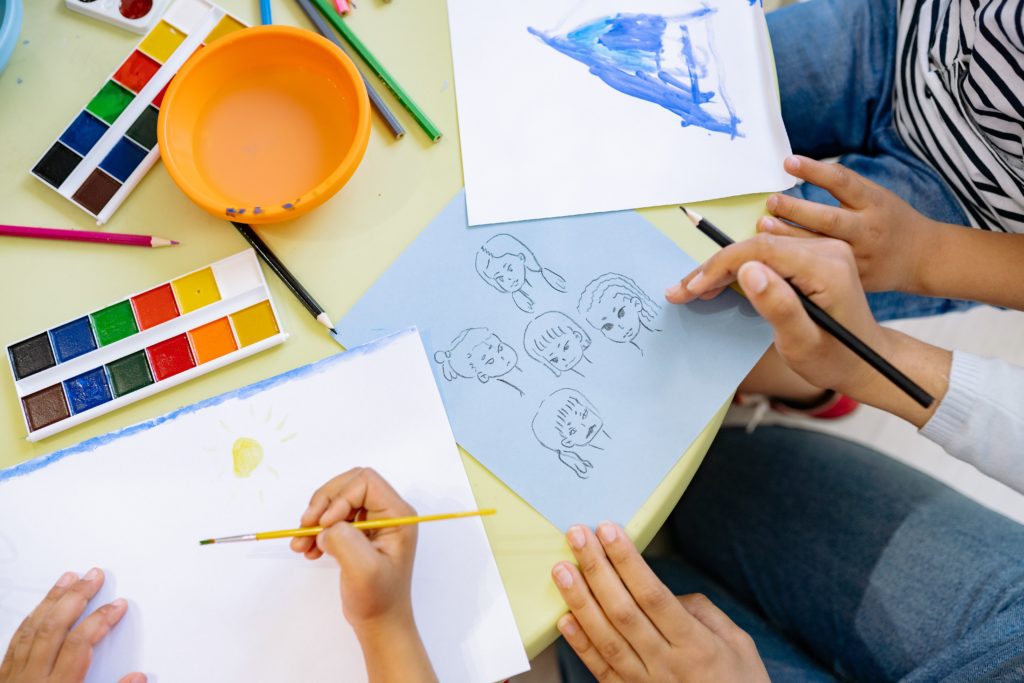
Benefits of The Creative Arts
Art improves Critical Thinking which is the ability to use your judgment to analyze and evaluate an issue. It’s a crucial skill for the modern workplace.
Causal links between studying art and students’ abilities to observe the world around them and examine, analyze and consider numerous details make up the foundation of critical thinking.
Encourages Transferable Skills the beautiful thing about art is that you aren’t limited to a narrow, focused skillset. You aren’t just learning to paint or take photographs, for example. You learn about history, context, and how to examine the world to find details that the ordinary person doesn’t.
Art education takes a broader scope, equipping you with soft skills. Those skills are transferable, meaning that you could apply them in multiple career paths, such as UX design, communications, or entrepreneurship.
We live in an age where people are becoming more and more highly specialized in a single task (STEM professionals), and this exists in the context of a world that has become far more complex. Art education helps you understand the world in a broader context and not be limited to a specific field.
Knowledge into a New Digital Landscape The rise of digital art and the benefits it provides makes being an artist a viable career because it saves time, money, and space while being accessible to beginners.
Creative pursuits can become profitable, and therefore being an artist could be considered a viable career, on par with engineering and other highly valued professions.
Psychological Benefits Artistic expression is frequently used as a form of therapy for kids and adults, allowing them to reduce stress, heighten emotional awareness, and just relax. Much research has been conducted into how just two hours of exposure to art a week can result in drastic mental health improvements.
Higher Levels of Tolerance And Empathy are observed among art students due to their exposure to conflicting perspectives of the world, which helps them learn about people, places, and ideas that exist outside of their bubbles. Tolerance and empathy are essential in a more diverse world than ever, artists show more tolerance and empathy, and their art provides an opportunity to encourage other people to adopt the same values.
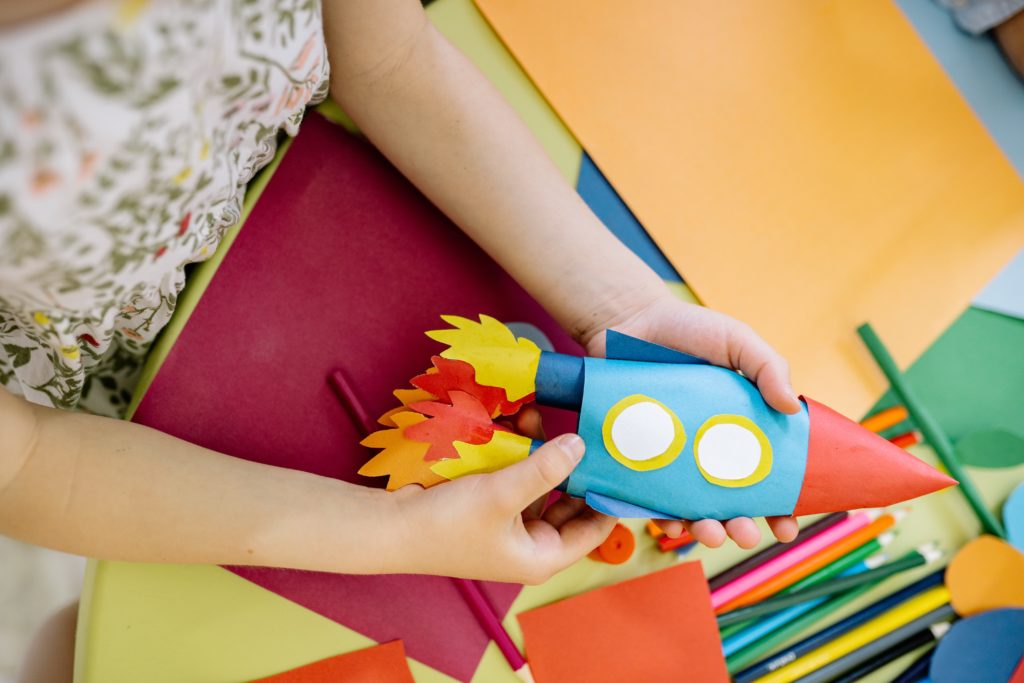
How Is Art Beneficial To Students?
We are still unsure why, but students who pursue an education in art at school have improved exam results and graduate at higher rates. Art can tap into parts of the brain that allow them to manage stress better than students who don’t study art.
Studying a creative art will improve students psychological resilience which is essential to all kids emotional development.
The benefits of studying art are endless, the soft skills that art education provides are perhaps more valuable than ever in the workplace, where critical thinking makes for more adaptable employees.
You cannot automate or program creativity.


